The ancient practice of foraging—gathering edible plants, mushrooms, and other wild foods from their natural habitats—has experienced a remarkable renaissance across America. As interest in sustainable food sources, traditional ecological knowledge, and authentic outdoor experiences grows, local foraging communities have emerged in regions blessed with abundant natural resources.
These groups offer visitors a unique way to connect with local ecosystems while learning practical skills from knowledgeable guides. Here are 15 towns across the United States where travelers can join established foraging groups for single-day experiences that combine nature education, culinary adventure, and community connection.
Asheville, North Carolina
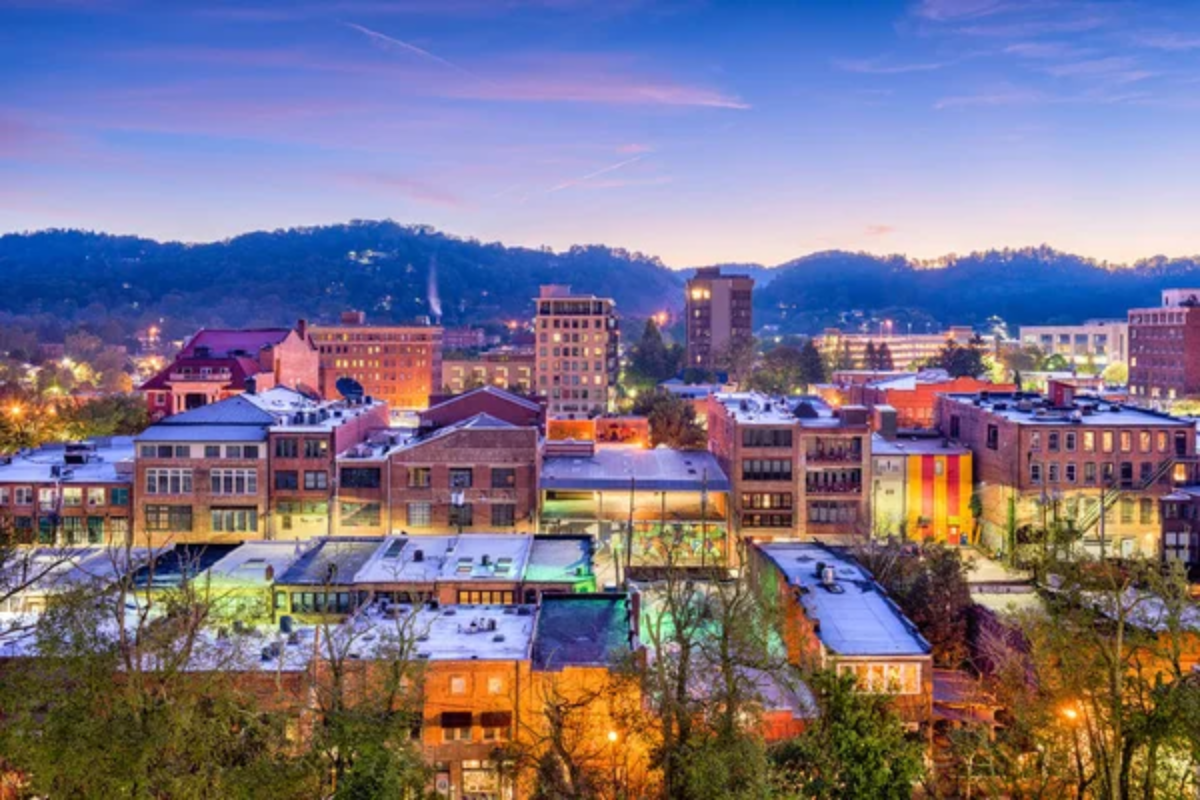
Nestled in the biodiversity hotspot of the southern Appalachians, Asheville has developed a thriving foraging culture that celebrates the region’s remarkable plant diversity. The No Taste Like Home organization hosts “wild food field trips” where visitors learn to identify dozens of edible species in the surrounding forests.
The area’s unique microclimates support an exceptional variety of edible mushrooms, including prized morels, chanterelles, and lion’s mane. Local restaurants have developed connections with foraging guides, often offering to prepare guests’ wild-harvested findings as special off-menu dishes that showcase truly local flavors.
Port Townsend, Washington

This historic maritime community on Washington’s Olympic Peninsula offers foraging experiences that span forest and shoreline ecosystems. The Wild and Bitter collective leads seasonal shoreline walks focused on edible seaweeds, shellfish, and coastal plants that have sustained indigenous communities for centuries.
The surrounding temperate rainforests provide ideal conditions for mushroom hunting, with abundant chanterelles and hedgehog mushrooms drawing enthusiasts each autumn. The town’s strong environmental ethos ensures that foraging practices emphasize sustainability and habitat protection in addition to harvest techniques.
Like Travel Pug’s content? Follow us on MSN.
Hilo, Hawaii
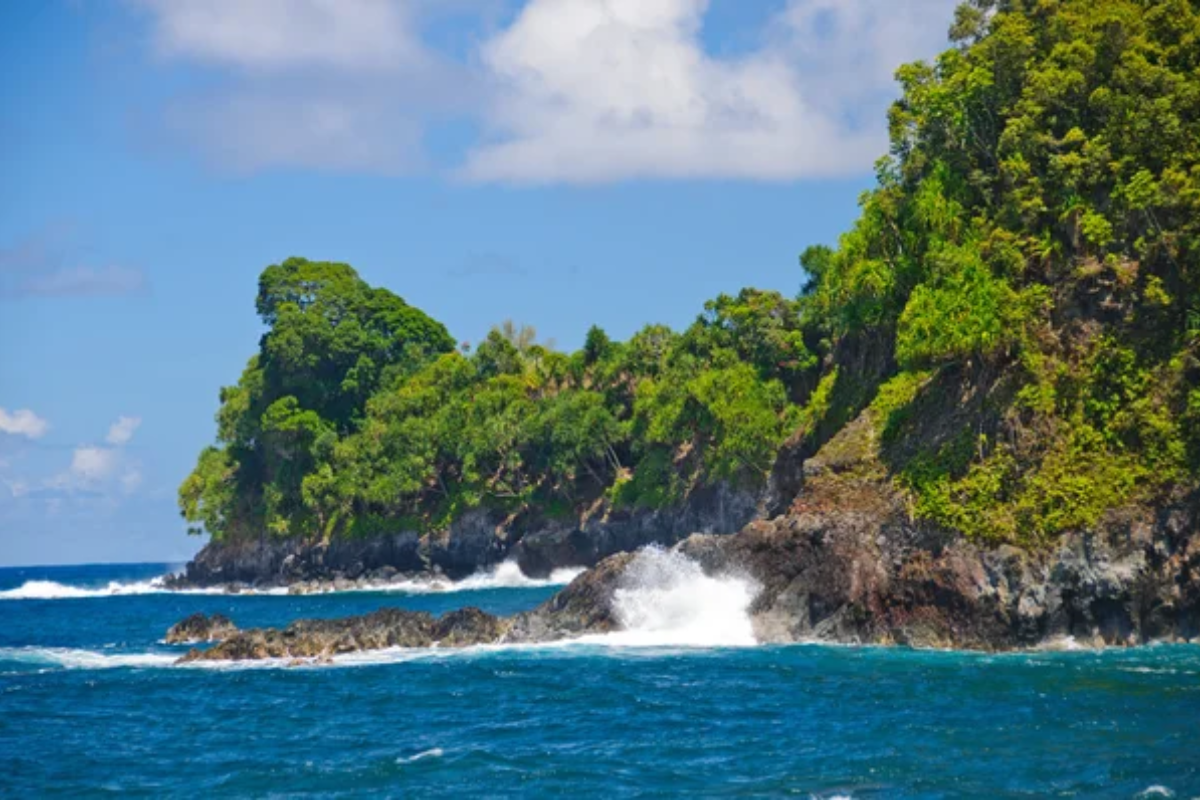
On Hawaii’s Big Island, traditional Hawaiian foraging practices are being revived through educational programs that welcome respectful visitors. Local cultural practitioners lead expeditions that combine gathering food with learning about indigenous Hawaiian relationships with the land and traditional harvesting protocols.
Participants might gather ‘ōpihi (limpets) from rocky shores, limu (seaweed) varieties from shallow waters, or wild mountain apples from upland forests. The year-round growing season means that different foraging opportunities exist regardless of when visitors arrive, though cultural guides emphasize that gathering practices must honor traditional Hawaiian values of reciprocity with the land.
Traverse City, Michigan

This northern Michigan town sits at the center of a remarkable agricultural region where wild foods complement the area’s famous cherry orchards and vineyards. Seasonal foraging trips focus on morel mushrooms in spring, wild berries in summer, and medicinal plants throughout the growing season.
The surrounding forests and dunes host opportunities to gather beach plums, juniper berries, and wild herbs that reflect the region’s unique growing conditions. Local foraging groups have developed careful mapping systems to avoid over-harvesting, establishing sustainable rotation patterns that protect vulnerable species while maintaining harvest opportunities.
Santa Fe, New Mexico

The high desert ecosystem surrounding Santa Fe offers distinctive foraging experiences focused on arid-adapted plants with culinary and medicinal applications. The Wild Food Association conducts desert walks where participants learn to identify piñon nuts, chokecherries, prickly pear fruits, and wild herbs used in traditional Hispanic and Native American cuisines.
The seasonal monsoon rains transform the landscape each summer, bringing forth ephemeral mushroom flushes that contrast dramatically with the usual desert environment. Many foraging guides incorporate cultural education about the region’s complex food history, connecting wild edibles to the traditional foodways of the region’s diverse cultural groups.
Like Travel Pug’s content? Follow us on MSN.
Damariscotta, Maine

This coastal Maine community provides access to some of New England’s most productive foraging environments where the forest meets the ocean. Local guides lead expeditions focused on coastal edibles like sea beans (samphire), beach roses, and various seaweeds that thrive in the clean Atlantic waters.
The surrounding mixed forests offer exceptional mushroom hunting, with prized species like black trumpets and matsutake appearing in their specific seasonal windows. The town’s strong connection to both fishing and farming creates a food culture where foraged ingredients are valued and incorporated into the local cuisine alongside cultivated and harvested foods.
Duluth, Minnesota

Situated where boreal forest meets the world’s largest freshwater lake, Duluth offers unique foraging opportunities tied to its northern ecosystem. The Northwoods Foraging Collective leads expeditions for wild blueberries, serviceberries, and chaga mushrooms that thrive in the cold-adapted forests.
The region’s short but intense growing season creates urgency around seasonal harvests, with dedicated foragers mapping berry patches and mushroom spots with careful precision. Local Ojibwe cultural guides sometimes offer specialized walks that connect traditional indigenous knowledge about plants with contemporary foraging practices, emphasizing relationships with plants beyond mere harvesting.
Eugene, Oregon

The Cascade Mountain foothills around Eugene provide exceptional mushroom foraging opportunities, with local mycological societies welcoming visitors to join their educational forays. The mountainous topography creates diverse microclimates where different species thrive, from lowland chanterelles to high-elevation king boletes.
The strong connection between foraging communities and university researchers creates unusually well-informed identification resources for safe mushroom gathering. The region’s craft brewing and fermentation culture has created markets for unusual foraged ingredients like spruce tips and conifer needles, expanding foraging beyond traditional edibles.
Like Travel Pug’s content? Follow us on MSN.
Chattanooga, Tennessee
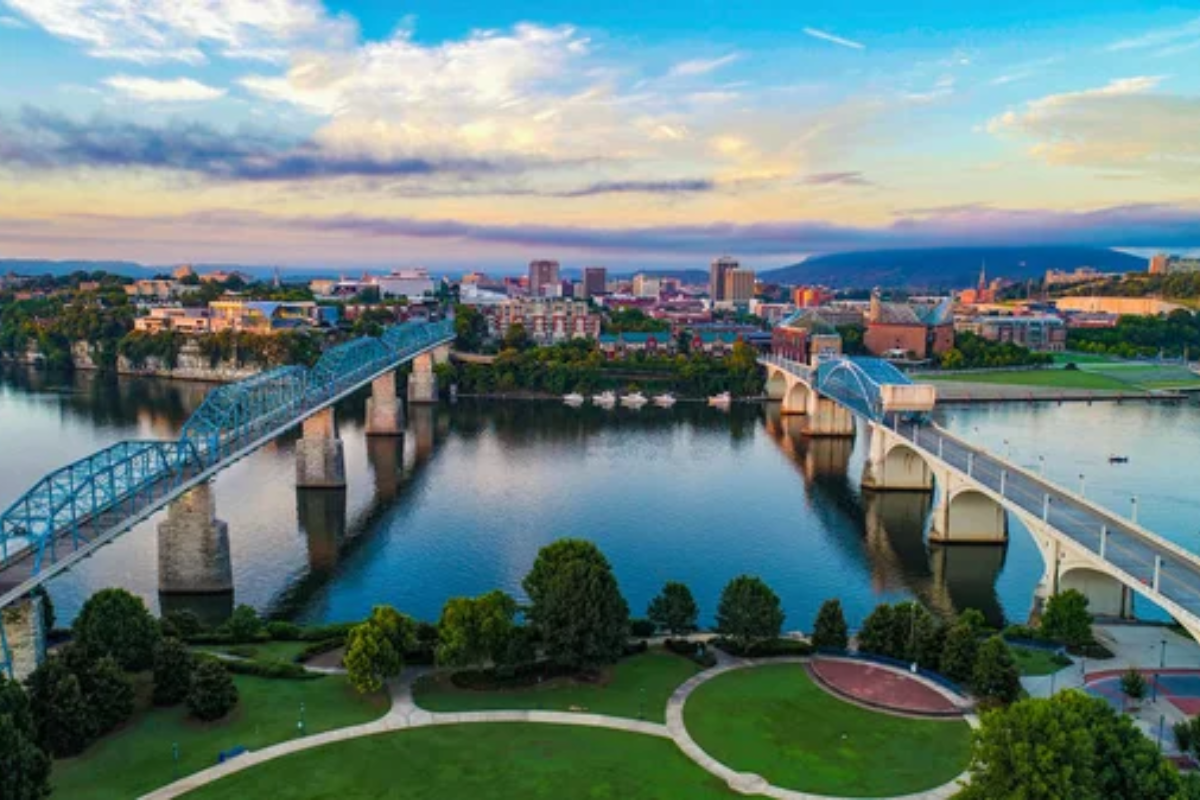
The southern Appalachian ecosystem surrounding Chattanooga supports remarkable plant diversity accessed through regular foraging walks organized by southeastern herbalist collectives. Spring ramp harvests attract particular attention, though guides emphasize sustainable harvesting techniques to protect this slow-growing wild onion.
The extended growing season allows for multiple foraging seasons, from spring ephemeral plants to fall nuts and fruits. Local Cherokee Nation members occasionally lead specialized walks that connect wild plant knowledge to indigenous foodways, providing cultural context alongside identification skills.
Point Reyes Station, California

This small town serves as a gateway to Point Reyes National Seashore, where carefully regulated foraging opportunities exist within the protected coastal ecosystem. Seaweed foraging walks at accessible beaches introduce participants to the nutritional powerhouses growing in the cold Pacific waters.
Seasonal mushroom hunts focus on pine-associated species like matsutake and boletes that appear after autumn rains saturate the landscape. The proximity to the Bay Area’s food culture creates a strong demand for wild ingredients, though experienced guides emphasize conservation ethics to prevent unsustainable harvesting pressure.
Sedona, Arizona

The high desert environment around Sedona hosts distinctive Southwestern foraging opportunities focused on drought-adapted plants with deep cultural significance in the region. Desert Wild Foods conducts walks featuring prickly pear cactus pads and fruits, mesquite pods, and wild desert herbs used traditionally by indigenous communities.
The dramatic elevation changes in the surrounding landscape create multiple climate zones where different plant communities thrive, extending the foraging season across multiple environments. Guides emphasize the resilience of desert plants and traditional harvesting techniques that have sustained communities in arid environments for centuries.
Like Travel Pug’s content? Follow us on MSN.
Homer, Alaska
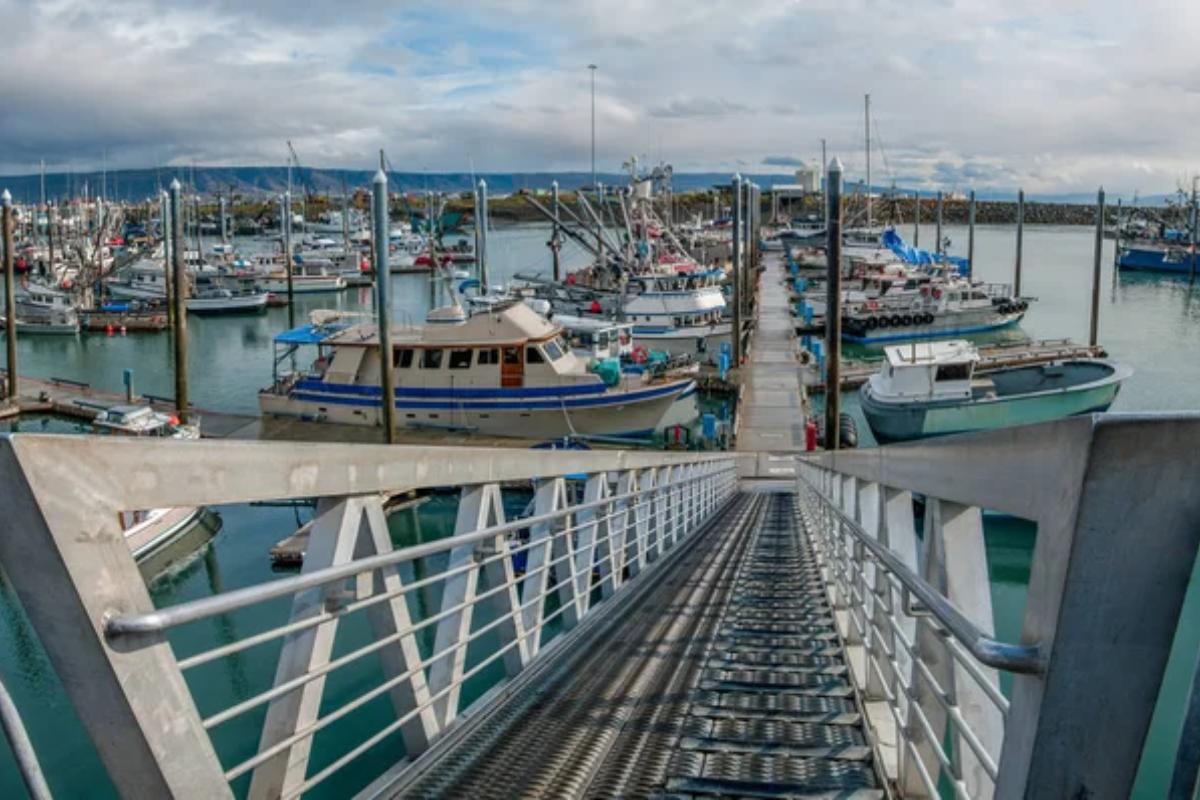
This coastal Alaskan community offers foraging experiences deeply connected to the region’s wild character and traditional subsistence practices. Guided beach walks focus on edible seaweeds, while forest excursions introduce participants to unique northern berry species like salmonberries, cloudberries, and lingonberries.
The Center for Alaskan Coastal Studies includes foraging education within their broader ecological programming, connecting wild food knowledge to ecosystem understanding. The extreme seasonality of the region creates precisely timed harvest windows that experienced guides track carefully, knowing exactly when and where specific resources become available.
Galena, Illinois
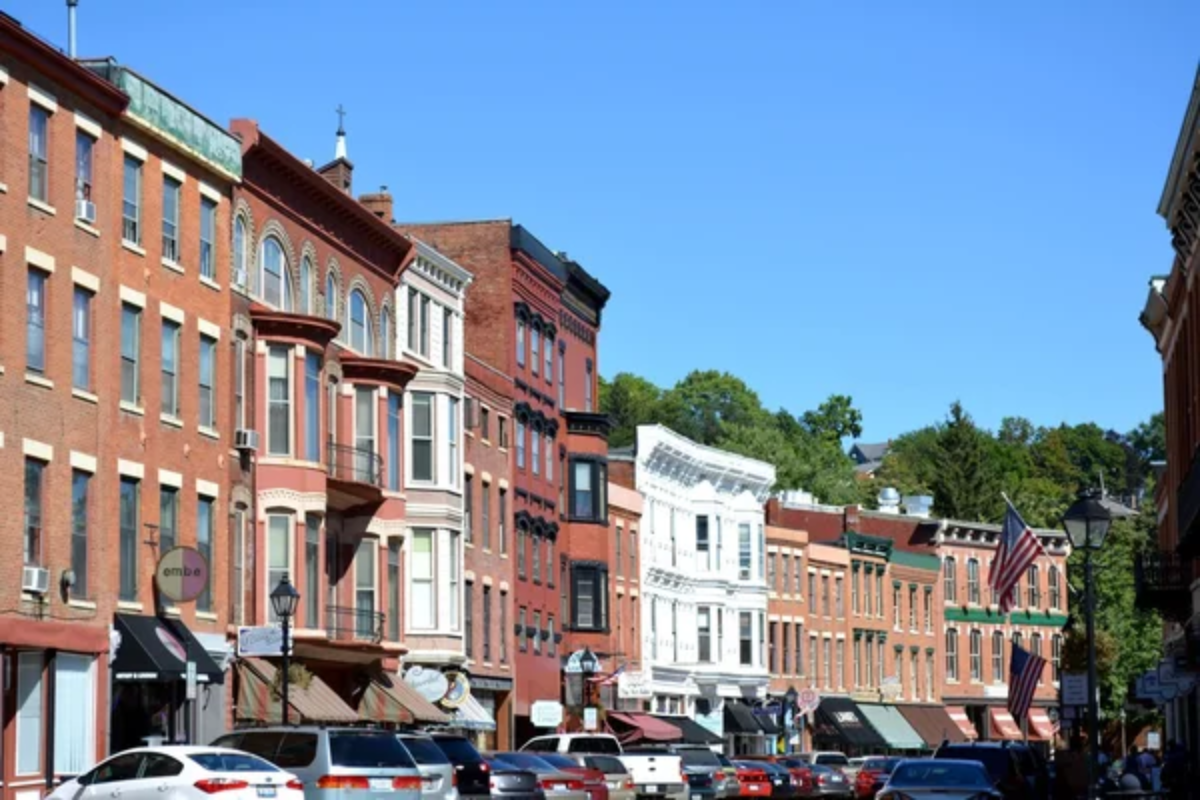
The rolling hills and wooded valleys of northwestern Illinois provide surprisingly rich foraging opportunities accessed through the Galena Food Forest Project’s educational programs. Seasonal walks focus on wild nuts, berries, greens, and mushrooms found throughout the Driftless Region’s unique landscape that escaped glaciation during the last ice age.
The area’s agricultural history has created edge habitats where wild and cultivated plants intermingle, creating diverse foraging opportunities. The strong connection to Midwestern foodways creates a context for incorporating wild foods into regional cuisine, with local chefs sometimes participating in foraging walks.
Montpelier, Vermont

Vermont’s capital city serves as a base for foraging experiences in the surrounding Green Mountains, where local herbalists and food educators lead regular wild food walks. The spring maple sugaring season provides a culturally significant foraging experience unique to northeastern forests.
The strong connection between wild and cultivated foods in Vermont creates foraging opportunities that often bridge the gap between woods and field edges. The New England Wild Edibles Collective organizes specialized walks focusing on different plant families and seasonal opportunities throughout the growing season.
Like Travel Pug’s content? Follow us on MSN.
Carrboro, North Carolina
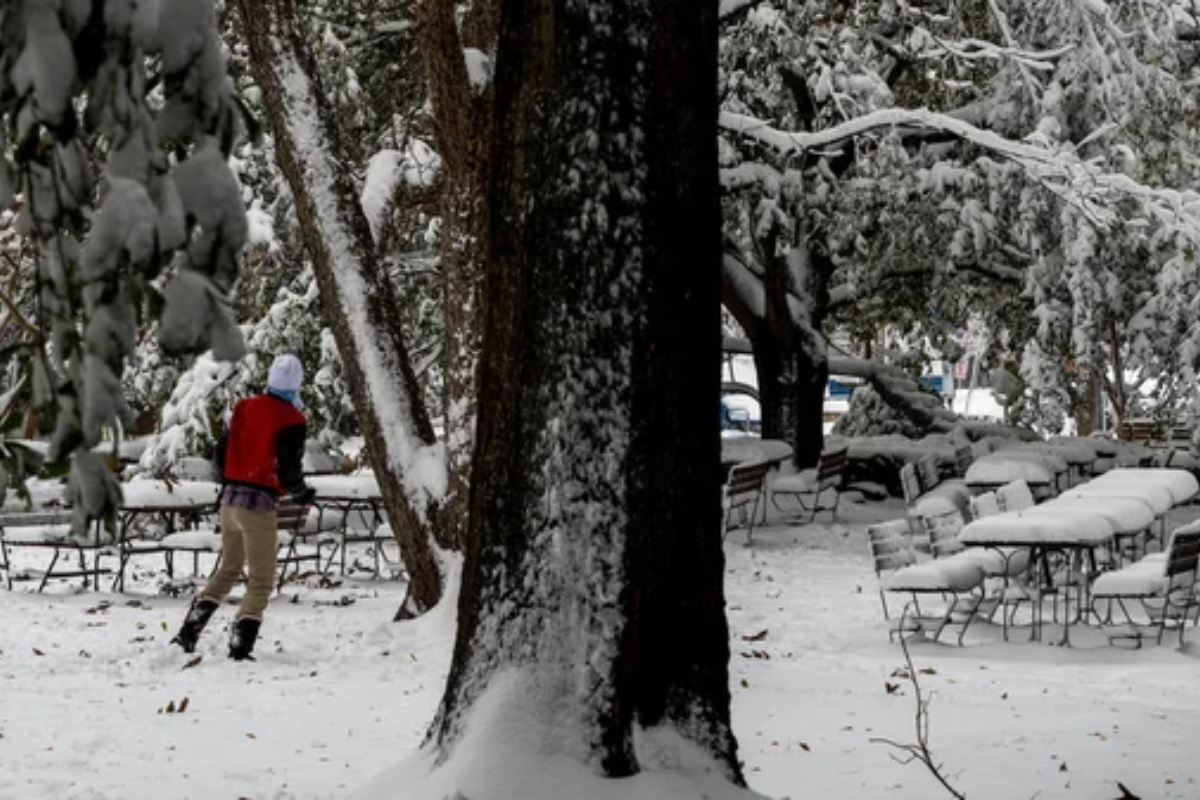
This progressive community near Chapel Hill hosts Abundant Earth Wild Foods, which organizes regular foraging walks through the region’s diverse ecosystems. The extended growing season supports multiple foraging windows, from spring ephemeral plants to fall mushrooms and nuts.
Strong connections to local farming communities create educational opportunities that link wild foods to sustainable agriculture practices. The presence of university research creates well-informed identification resources and sustainable harvesting guidelines based on current ecological understanding.
Foraging Forward

These communities represent just a sample of the growing movement to reconnect with wild food sources across America. Whether motivated by culinary adventure, ecological awareness, or cultural preservation, foraging groups offer visitors meaningful ways to experience local landscapes through traditional knowledge systems.
By joining these communities for a day, travelers gain new perspectives on familiar landscapes while developing practical skills they can apply in their home environments. With appropriate respect for both natural ecosystems and the cultural knowledge that sustains foraging traditions, these experiences offer authentic connections to places that standard tourism rarely provides.
The next time you travel, consider setting aside a day to learn which foods grow wild in your destination—you might be surprised by the edible landscape hiding in plain sight.
More from Travel Pug

- 20 Towns Built for One Purpose That Were Later Abandoned
- 15 Hidden Spots in Disney World’s Magic Kingdom Most Visitors Miss
- 20 Once-Popular Beach Towns That Are Now Ghostly Empty
- 15 Canyons in the U.S. That Are Just as Stunning as the Grand Canyon
- 10 Under-the-Radar Mountain Towns That Are Both Affordable and Beautiful
Like Travel Pug’s content? Follow us on MSN.
